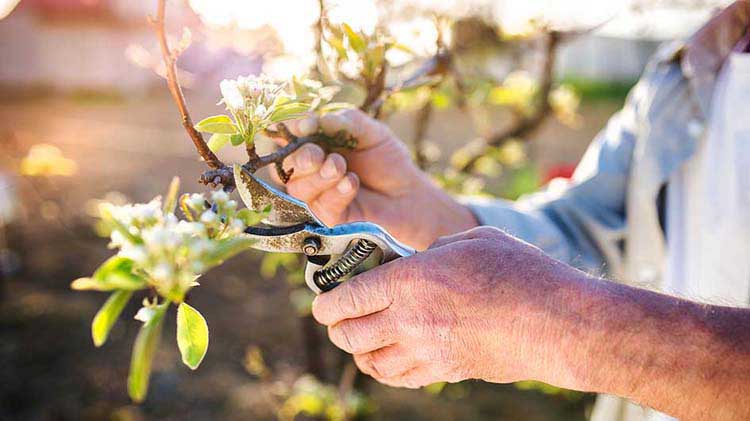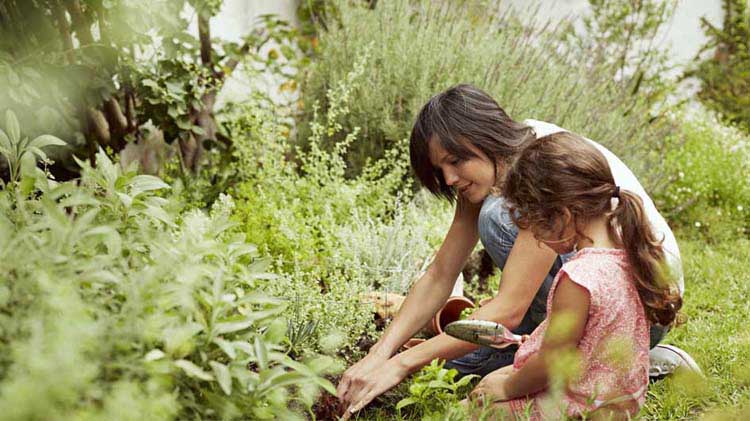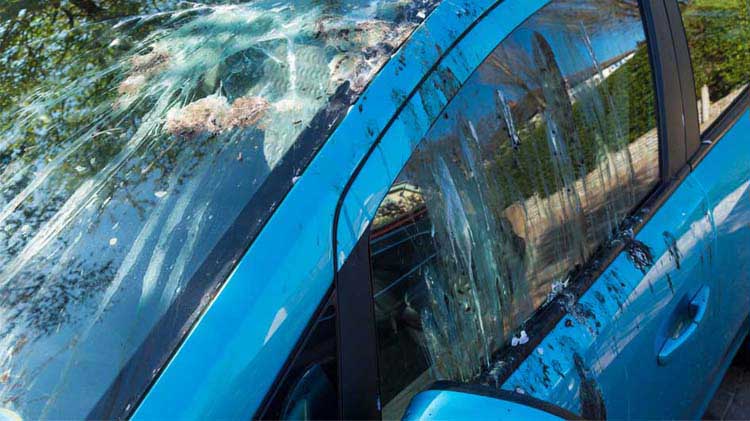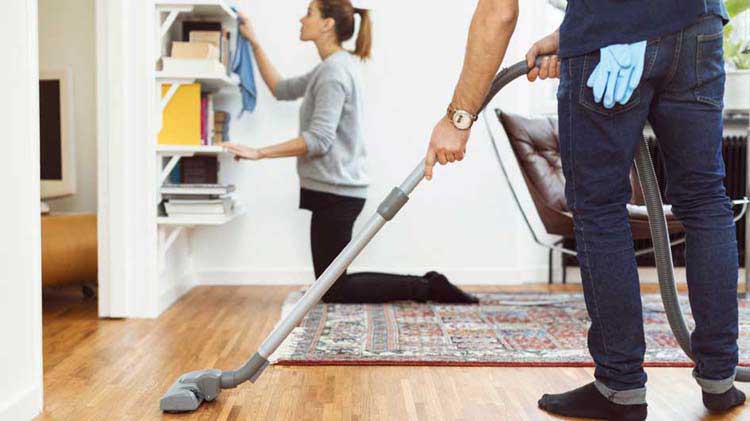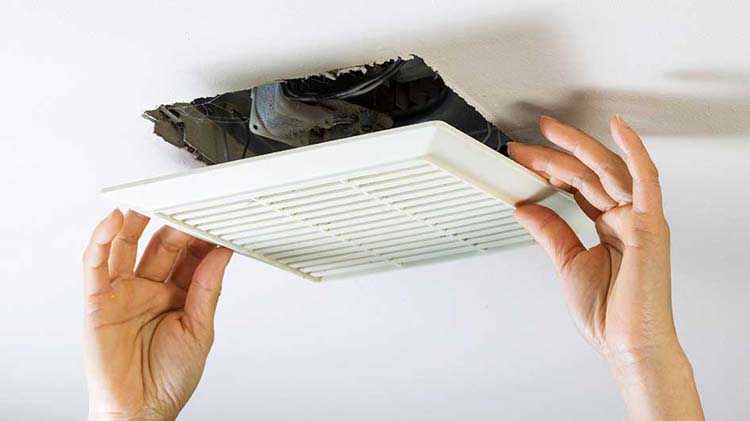What to know about pruning in the summer
Winter is typically the best time for significant pruning because trees are dormant. But minor upkeep on a nice summer day can keep your landscaping in top shape. Follow these tree-trimming tips:
Tree trimming tools
- Hand pruner, lopper or pruning saw: A hand pruner is for stems and small branches, a lopper is for thicker branches and a pruning saw cuts through extra-large branches.
- Protective gear: Always wear work gloves to minimize cuts and scratches. Wear safety glasses to protect your eyes from sawdust and debris.
- After use: Clean tools after trimming each tree to prevent the spread of disease. Disinfect with a solution of one part bleach to nine parts water, then wash in warm, soapy water and rinse.
Trim with purpose
- Branches:
- Snip stray branches on a tree that's finished flowering to encourage more blooms next season.
- Thin out branches to help trees get sufficient light and air, but avoid trimming more than 25% of a tree's green leaves.
- Remove dead branches to keep them from breaking off and damaging your home.
- Ornamental trees:
- Trim ornamental trees to help them retain their shape.
- New shoots:
- Remove new shoots growing out of the trunk or branches. They can zap the tree's nutrients.
Make the right cuts
- For large branches: Cut a wedge underneath the limb about six inches from the point where the branch meets the trunk (the branch collar). A few more inches out, cut vertically from the top of the limb through the branch, then cut the stub parallel to the collar.
- Smaller branches and stems: With pruning shears, cut at a slight angle just past a healthy bud or leaf.
Get additional pruning tips from Better Homes & Gardens, Arbor Day Foundation and more summer home maintenance advice from State Farm®.
